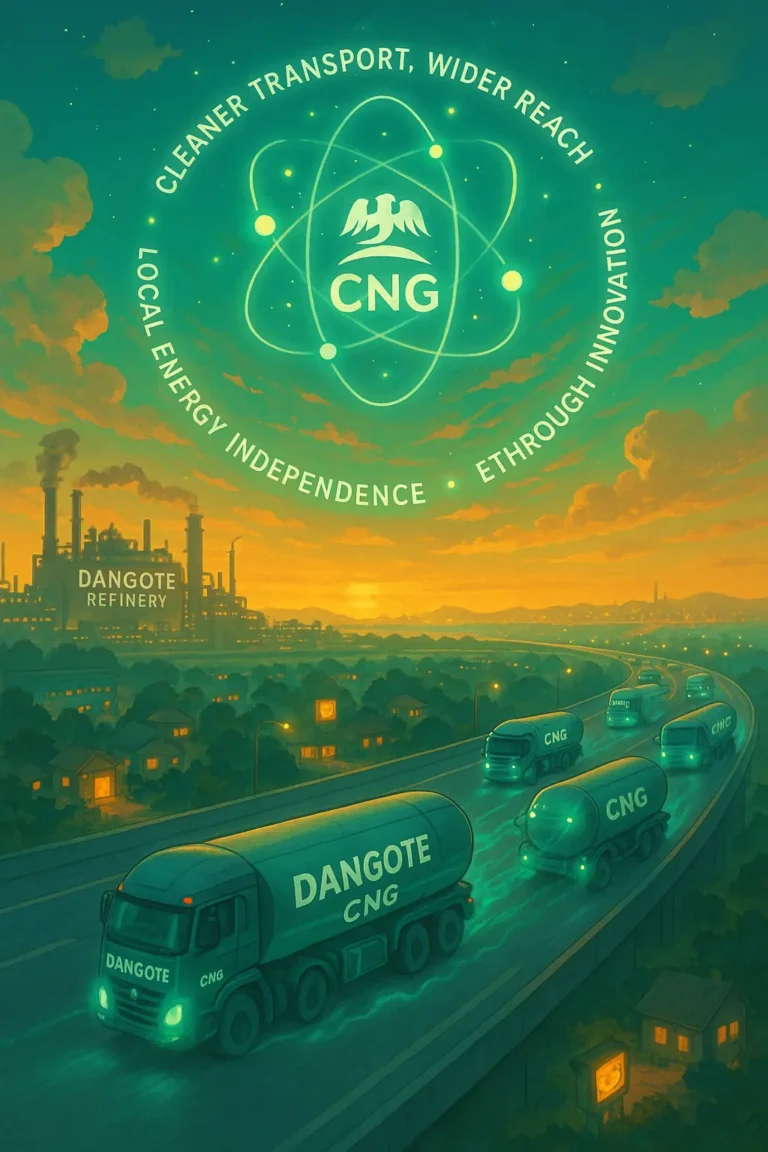
Logistics and supply chain management are some of the most misunderstood terms in the world. In my supply chain experience, these terms are often confused with each other. However, they are fundamentally different; I will highlight their differences in this guide.
“Logistics is the science of process optimization, and supply chain management is the art of collaboration.” – Adel De Meyer
Introduction
Logistics and supply chain management are not the same, although they both deal with the movement of goods. Understanding their key differences will go a long way to optimizing your business operations.
Although we would dive into the differences, processes, and uniqueness of each of these terms, a summary of the differences is this……
Logistics entails the physical movement or storage of goods from the point of origin to the point of consumption. On the other hand, supply chain management is a broader concept.
It entails all the activities involved in procuring raw materials, production, storage, and delivering finished goods to the consumer.
Why are Logistics and Supply Chain Management Used Interchangeably?
Logistics and supply chain management are often used interchangeably, but that is wrong. Clarity between the two terms often needs to be clarified because they are closely related and overlap in many areas. They both deal with the flow of goods on a different scale.
So while they may have distinct roles and responsibilities, they are interconnected, especially for large-scale supply chain operations.
Here are some other reasons why there can sometimes be confusion between the two.
- Simplification
- Industry Norms
- Overlapping activities
- Organization’s perspective
- Integration
Key Differences between Logistics and Supply Chain Management
As you can imagine, these two terms are essential components of a business’s operations, especially manufacturing ones.
# Focus and Scope
As I pointed out in the introduction, logistics focuses primarily on moving and storing goods between two points. From origin to destination. Logistics includes activities such as transportation, distribution, and inventory management.
Supply chain management encompasses a broader range of activities. At its core is the planning, coordinating, and implementing winning strategies to run a seamless supply chain operation.
Supply chain management entails sourcing, procurement, demand forecasting, production, logistics, quality assurance, and building supplier relationships.
# Key Functions
The key functions of a logistics department or a logistics business involve order processing, material handling, inventory management, warehousing, packaging, tracking, monitoring, and transportation.
Now supply chain management is charged with ensuring seamless supply chain operations.
It, therefore, oversees the functions of deliveries of several facets of the supply chain, including procurement, demand forecasting, logistics, production, quality assurance, stakeholder collaboration, and distribution of resources.
# Decision-Making Processes
Logistics decisions are primarily concerned with optimization, cost reduction, and efficiency. For example, deciding on the most cost-effective mode of transportation or the optimal inventory level that reduces costs.
Supply chain management decisions are primarily concerned with maximizing customer value. For example, ensuring that the right products are available at the right time, in the right quantities, and at the right price.
Benefits of Logistics and Supply Chain Management
Logistics and supply chain management offer several advantages to businesses. These include:
# Advantages of Logistics
– Reduced costs: A well-optimized logistics helps reduce the cost of lead times and transportation, especially in fueling and storage.
– Improved customer service: Customers are increasingly shorter order delivery times, including product return areas. If your logistics are up to par, it will garner a lot of positive customer satisfaction.
– Increased efficiency: A well-run logistics tends to improve the overall efficiency of the supply chain and business.
– Competitive advantage: With customers demanding more out of businesses, especially in areas of delivery and returns, businesses with an effective logistics strategy tend to gain a competitive advantage.
# Advantages of Supply Chain Management
– Improved collaboration: Collaboration is the bedrock of your supply chain operations, and proper supply chain management will help you develop better relationships with your suppliers, ensuring seamless operations.
– Better risk management: Supply chain management helps businesses identify, analyze, and develop strategies to tackle supply chain-related risks.
– Increased agility: Agility is the ability of the business or supply chain to withstand shocks to the system. A well-coordinated supply chain will be able to withstand more than normal shocks or potentially disruptive factors.
– Improved profitability: Supply chains are responsible for about 10% of a business cost. Effective supply chain management can reduce that number, making the business more profitable.
Popular Logistics and Supply Chain Management Careers in Africa
Logistics and supply chain management are growing, with the demand for professionals at an all-time high and expected to increase by 20% in the near future.
Some of the most popular careers in these industries include:
– Logistics manager
– Transportation manager
– Warehouse manager
– Inventory manager
– Fleet manager
– Logistics/transportation analyst
– Supply chain manager
– Procurement manager
– Production planner
– Demand planner
– Supplier relationship manager
Logistics and Supply Chain Management Trends in Nigeria
Africa’s logistics and supply chain management industry is still evolving, compared to the rest of the world, although we try to keep up.
– Automation: The application of automation technology, such as robotics and drones, is expanding, resulting in increased efficiency and cost savings.
– E-commerce: E-commerce generates demand for faster and more efficient delivery systems, resulting in same-day delivery and click-and-collect innovations.
– Sustainability: Environmental concerns are driving a transition toward more environmentally friendly logistical methods, such as using electric cars and renewable energy sources.
– Digitalization: As digital technologies such as artificial intelligence, blockchain, and the Internet of Things become more prevalent, visibility, efficiency, and collaboration improve.
– Resilience: The COVID-19 pandemic has underlined the significance of developing robust supply chains that can endure natural disasters, trade conflicts, or pandemics.
– Circular economy: The transition to a circular economy, where waste is reduced, and resources are reusable, is pushing innovations in supply chain management strategies such as reverse logistics and closed-loop supply chain.
Conclusion
Logistics and supply chain management are connected but nonetheless distinct. Logistics is concerned with the actual movement and storage of items, whereas supply chain management involves a larger range of activities involving the planning and coordinating all activities involved in acquiring, manufacturing, and delivering commodities to customers.

Obinabo Tochukwu Tabansi is a supply chain digital writer (Content writer & Ghostwriter) helping professionals and business owners across Africa learn from real-world supply chain wins and setbacks and apply proven strategies to their own operations. He also crafts social content for logistics and supply chain companies, turning their solutions and insights into engaging posts that drive visibility and trust.








Thanks for sharing. I read many of your blog posts, cool, your blog is very good.